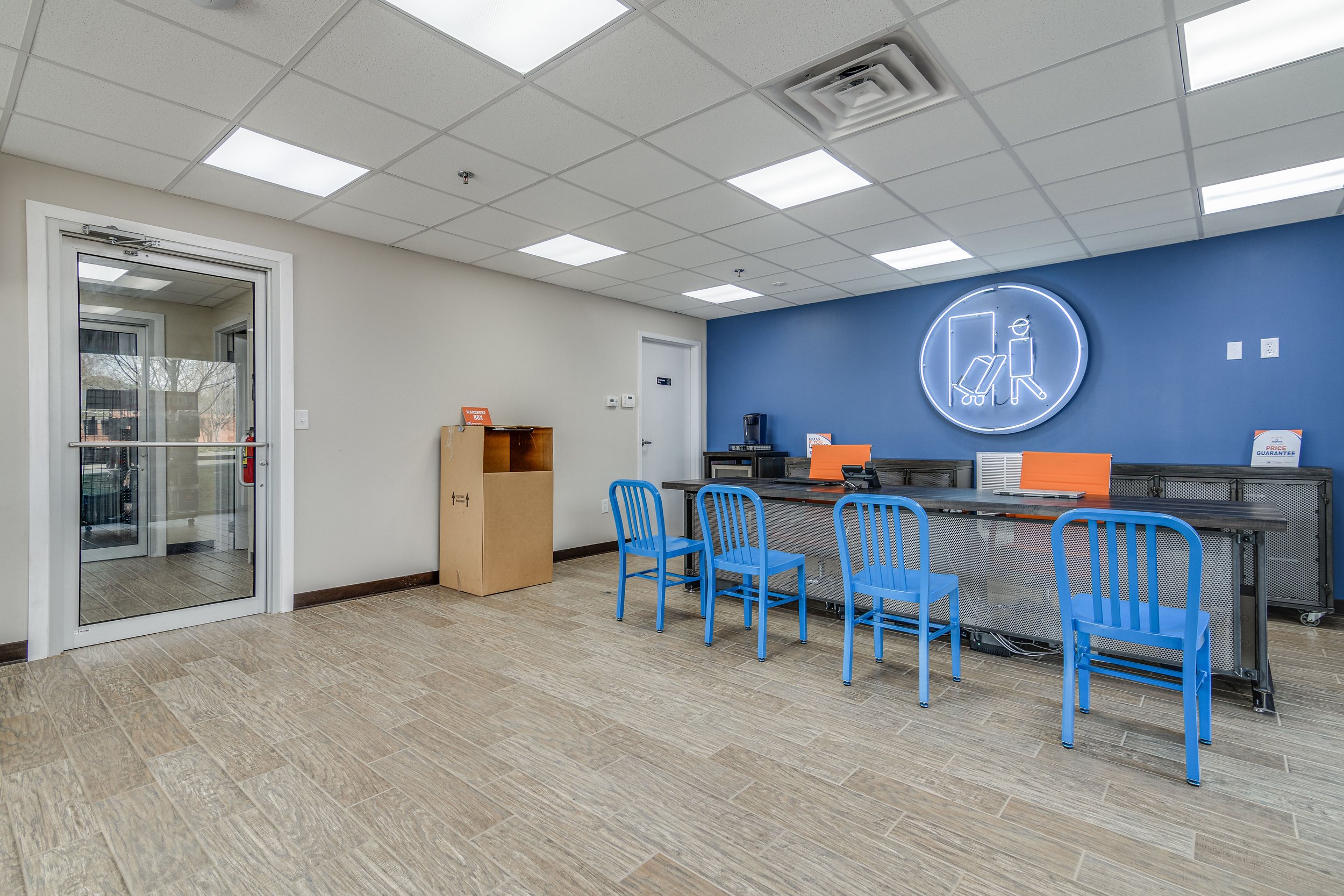The Importance of Lighting in Business and Commercial Photography: Tips and Tricks
In the world of business and commercial photography, lighting is an essential element
that can make a significant difference in the quality of your images. Proper lighting can help highlight the features of your products, create a professional and polished image for your brand, and even evoke emotions in your viewers. However, achieving optimal lighting in photography is not always easy. It requires a certain level of skill, creativity, and technical knowledge.
In this article, we will explore the importance of lighting in business and commercial photography and provide you with tips and tricks to help you master the art of lighting in your photographs. Whether you are a seasoned photographer or just starting, this article will provide you with valuable insights on how to create stunning and visually appealing images that will impress your clients and customers.
The Role of Lighting in Photography
Light is an essential element in photography as it directly affects the way your images appear. The right lighting can create a sense of depth, convey mood and emotion, and highlight the unique features of your subject. On the other hand, poor lighting can result in dull, flat, or blurry images that fail to capture the essence of your subject.
In business and commercial photography, lighting is particularly crucial as it can directly impact the way your products or services are perceived by your customers. For example, if you are showcasing a high-end product, you want to use lighting that highlights its luxurious and premium qualities. Similarly, if you are photographing a restaurant, you want to use lighting that creates a cozy and inviting atmosphere.
Types of Lighting
In photography, there are three main types of lighting: natural, artificial, and ambient lighting. Each type of lighting has its own unique characteristics and can be used to achieve different effects in your photographs.
Natural Lighting
Natural lighting refers to the use of natural light sources, such as the sun, to illuminate your subject. Natural lighting is ideal for creating soft, flattering images with a natural and organic feel. However, natural lighting can be unpredictable and can change throughout the day, making it challenging to achieve consistency in your images.
Artificial Lighting
Artificial lighting refers to the use of artificial light sources, such as strobes, flashlights, or studio lights, to illuminate your subject. Artificial lighting is ideal for achieving consistency in your images and allows you to have more control over the lighting conditions. However, artificial lighting can also be harsh and unflattering if not used properly. Artificial lighting is commonly used in commercial photography because it offers more control and precision than natural lighting.
Ambient Lighting
Ambient lighting refers to the existing light in a scene, such as light fixtures or the light from street lamps. Ambient lighting can add a unique mood and atmosphere to your photographs and is often used in environmental portraits and urban photography.
Three-Point Lighting
Three-point lighting is a basic lighting setup that involves three lights: a key light, a fill light, and a backlight. The key light is the primary light source and is positioned at a 45-degree angle to the subject. The fill light is used to fill in the shadows created by the key light and is positioned at a 45-degree angle on the opposite side of the key light. The backlight is used to separate the subject from the background and is positioned behind the subject.
High-Key Lighting
High-key lighting is a lighting technique that involves using bright, even lighting to create a light and airy image. This technique is commonly used in fashion photography and beauty shots.
Low-Key Lighting
Low-key lighting is a lighting technique that involves using dark, moody lighting to create a dramatic and intense image. This technique is commonly used in portrait and fine art photography.
Backlighting
Backlighting is a lighting technique that involves positioning the light source behind the subject, creating a halo effect around the subject. This technique is commonly used in portrait and product photography.
Fill Lighting
Fill lighting is a technique used to fill in the shadows created by the primary light source. Fill lighting is typically less bright than the primary light source and is positioned on the opposite side of the primary light.
Diffused Lighting
Diffused lighting is a technique used to create soft, even lighting by diffusing the light source. This technique is commonly used in product photography to create a natural and organic feel.
Tips for Successful Lighting in Photography
To achieve optimal lighting in your photographs, here are some tips and tricks to keep in mind:
Know Your Equipment
Understanding your equipment and how to use it is essential for successful lighting in photography. Take the time to familiarize yourself with your lighting equipment and experiment with different lighting setups.
Understand the Properties of Light
Light has properties such as color, intensity, direction, and diffusion. Understanding these properties can help you achieve the desired effect in your photographs.
Use Light to Create Depth
Using light to create depth in your photographs can make your images appear more three-dimensional and visually appealing.
Experiment with Different Lighting Setups
Experimenting with different lighting setups can help you find the right lighting for your subject and achieve the desired effect in your photographs.
Pay Attention to Shadows
Shadows can add depth and dimension to your photographs but can also be distracting. Be mindful of the shadows created by your lighting and adjust accordingly.
Use Light to Enhance the Mood
Light can be used to create a specific mood in your photographs, such as warm and cozy or cool and modern.
Take Advantage of Reflections
Reflections can be used to create unique and interesting images. Use reflective surfaces such as mirrors or water to create stunning and visually appealing images.
Use Props to Control the Lighting
Props such as diffusers and reflectors can help you control the lighting and achieve the desired effect in your photographs. We frequently use a white flash reflector or STU (Shoot-Through Umbrella) to eliminate color casts from the ceiling or walls.
In business and commercial photography, lighting is a crucial element that can make or break the quality of your images.
Good lighting can make a significant difference in the final product and can be the difference between a successful and unsuccessful campaign. By understanding the various types of lighting, equipment, and techniques available, photographers can achieve their desired effect and create images that effectively communicate their message.
Remember to always consider the context, environment, and subject matter when deciding on the lighting setup. Don't be afraid to experiment and try new things to find what works best for you and your clients.
At CLT360 Media, we understand the importance of lighting in photography and offer a range of services, including photography, videography, and virtual tours, to help businesses effectively showcase their products and services. If you're looking for professional photography services, please visit our website or contact us to schedule a consultation.
FAQs
-
Natural lighting comes from the sun, while artificial lighting is created using light sources such as studio lights or lamps.
-
The best type of lighting for product photography depends on the type of product, but generally, a combination of natural and artificial lighting works well.
-
While smartphones can be used for photography, it's recommended to use professional equipment for commercial photography to achieve high-quality results.
-
The most common lighting techniques used in photography are natural lighting, three-point lighting, and high key and low key lighting.
-
There are many resources available online, such as tutorials, articles, and forums, that can help you learn more about lighting in photography. You can also take courses or workshops to improve your skills.





